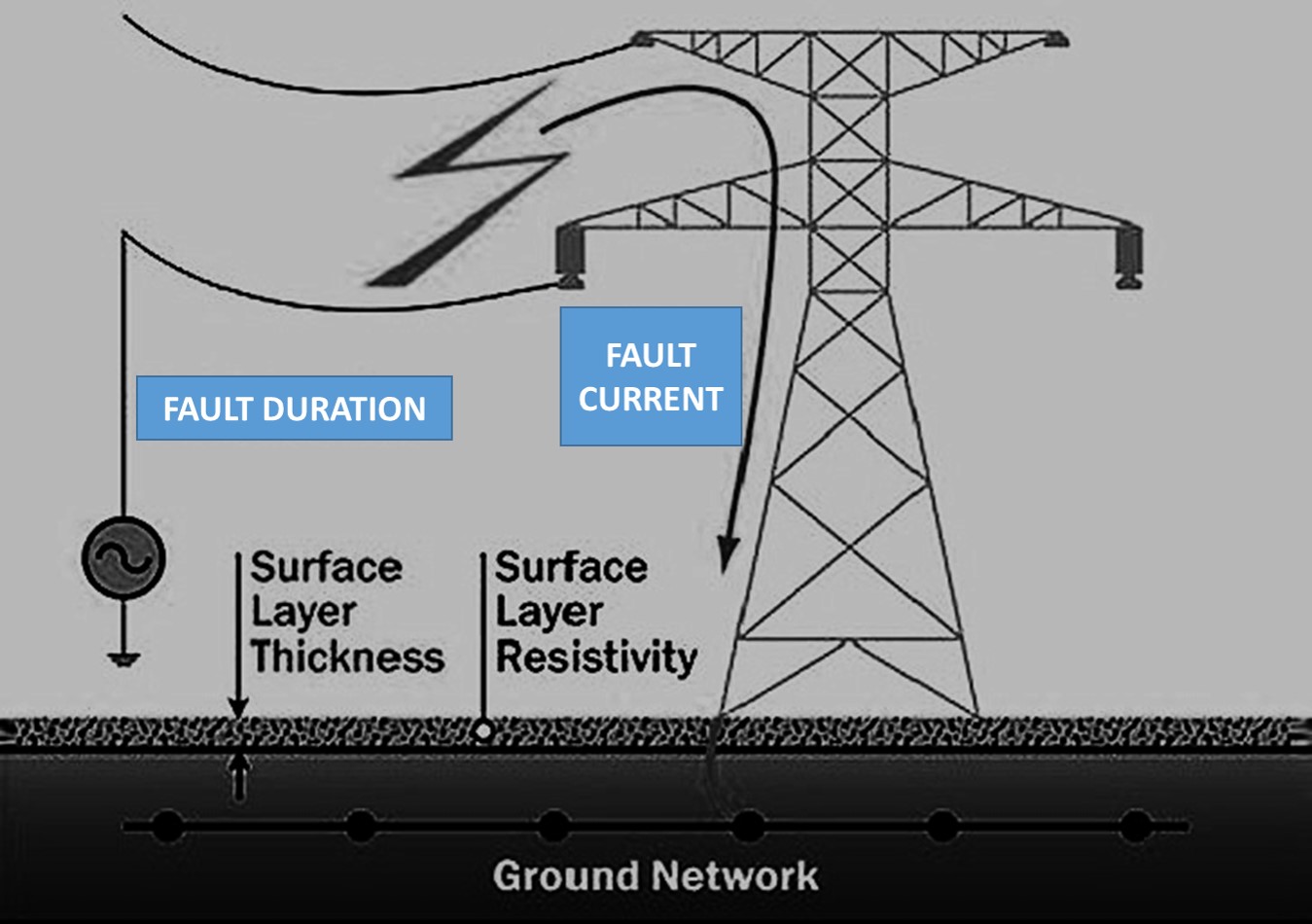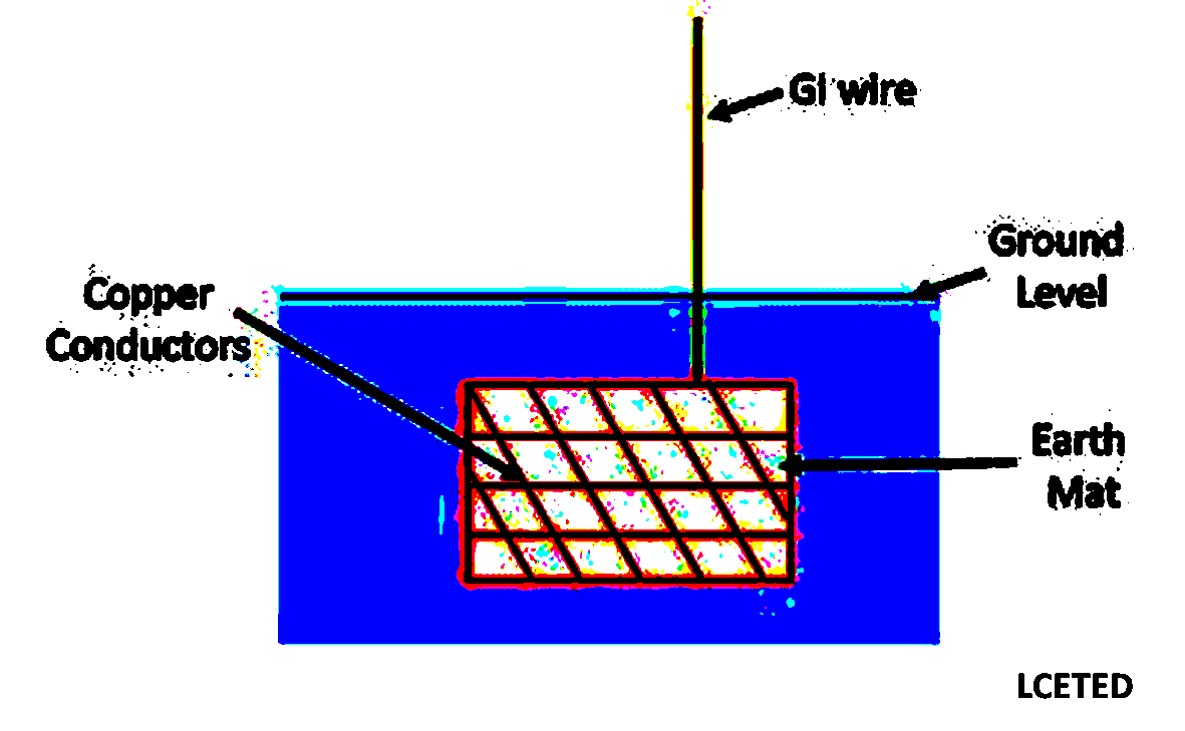WHAT IS EARTHING?
The Earthing is used to connect electrical devices to the earth. It is
provided to avoid or reduce the risk of electric shock.
It is a method of
transmitting instantaneous electrical discharge directly to the ground through low resistance wires or power cables
and avoiding the risk of electric shock due to the discharge of current.
The earthing process can be
done in house, factories, other machinery and electrical equipment and there
are many different types of earthing used in it we explained it below
USES OF EARTHING
There
are the following uses of earthing such as,
1. Earthing
protects the devices and appliances from the current short circuit.
2. The
earthing provides an easy path for the flow of short-circuit current even after
the insulation has failed.
3. Protects
machinery and personals from high voltage and lightning discharge.
4. it
helps to detect neutral conductors and any faults in the phase.
5. It
provides surge protection and also protection from electric shock.
6. Earthing
also helps eliminate the risk of fire or explosion during an insulation
failure.
TYPES OF EARTHING
There are five main types of earthing as given below;
1. Pipe
Earthing System
2. Plate
Earthing System
3. Rod
Earthing System
4. Earthing
through the Waterman
5. Strip
or Wire Earthing
PIPE
EARTHING SYSTEM
In this system, a galvanized steel-based pipe is placed
vertically in the wet spot, and this is one of the most common type of
earthing.
Depending on the type of soil and the amount of current,
the size of the pipe should be determined
The pipe dimension should be 1.5 inches in diameter and
9 feet long for normal soil. The diameter of the pipe should be greater than
the normal soil pipe for rocky or dry soil and the soil moisture also key
factor to determine the length of the pipe be placed in the earth.
The galvanized steel pipe should be drilled at regular
intervals and the pipe at the lower end should be narrow. The galvanized steel
pipe is connected to a clamp in which the earth wire is attached and at the ground,
this pipe diverts the electrical conduction.
The pipe is placed in a pit of earth at a depth of not
less than 3 m, and the space inside the galvanized iron pipe is filled to the
level of the clamp with alternating layers of salt and charcoal.
By setting up a room with bricks, the upper part of the
G.I. pipe is left open for maintenance when needed, and water is poured into
the galvanized steel pipe to maintain earth resistance within certain limits.
For all domestic purposes, pipe earthing is commonly
used, and it is less expensive.
PLATE
EARTHING SYSTEM
The plate is made up of copper or galvanized iron used in
this type of earthing. It's done by
placing plate vertically in the ground pit less than 3 meters from the ground
and chemical substances used around the plate to maintain moisture condition and
for good electrical grounding.
This plate is connected to the conductors to divert the
electrical charge into the earth.
ROD
EARTHING SYSTEM
The length of the electrodes embedded in the earth
reduces the resistance of the earth because the copper rod with galvanized
steel pipe is placed directly on the ground either physically or using a hammer
and placed at the desired value.
At a certain depth, the rod used for this purpose is
buried in the ground and safely deliver the short circuit current in the
ground.
For sandy areas, this earthing method is suitable and
this earthing method is economical.
EARTHING
THROUGH THE WATERMAN
Waterman (galvanized GI) pipes are used for earthing
purposes reduce resistance.
If an insulated conductor is used, such as earth wire,
clean the ends of the wire strands and make sure they are straight and parallel
to connect tightly to the waterman pipe.
STRIP
OR WIRE EARTHING
In this type of earthing, strip electrodes of not less
than 25 mm x 1.6 mm are buried in horizontal trenches at a depth of at least
0.5 m and their cross-sectional area should not be less than 6.0 mm2
if it is a galvanized iron or steel.
The length of the conductor should not be less than 15
m, this length buried in the ground will give adequate earth resistance.
If you find
This information helpful please share it.
Thanks! For reading the article.












No comments:
Post a Comment